How to grow Callicarpa
Callicarpa is a genus of around 140 species of evergreen and deciduous shrubs and trees. This growing guide will focus on the cultivation requirements of Callicarpa bodinieri and Callicarpa dichotoma, two deciduous shrubs grown for their clusters of purple, jewel-like fruit in late autumn and winter. While fruit usually appears when the foliage is still on the plant, it is when leaves are shed that callicarpa really enters its prime – the violet fruit significantly more prominent against bare stems.
Callicarpa bodinieri is easily the most popular species among gardeners and is valued for its impressive quantity of flowers and fruits. Callicarpa dichotoma has a slightly more restrained flowering and fruiting habit, as well as tending to be a little more compact in size.
Callicarpa is also known by the common name of beauty berry.
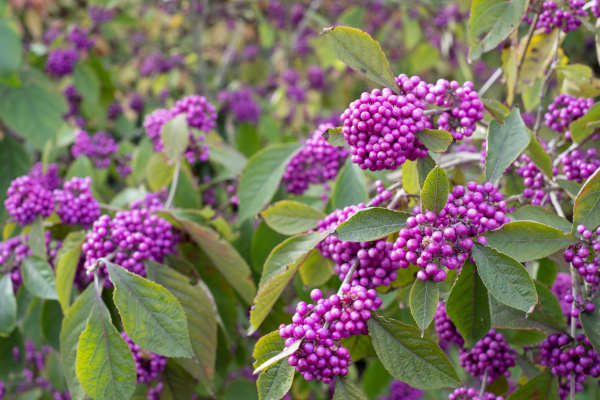
Key Information
Position
Soil Conditions
Hardiness

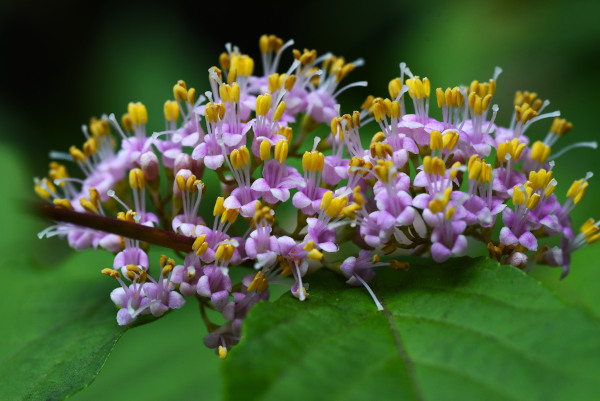
Where & when to plant Callicarpa
For best results, plant in autumn or spring. An autumn planting can be done by those gardening in mild conditions (and broadly speaking, this is the southern half of the UK). For those liable to very cold winters, it is best to wait until spring (generally the northern half of the UK). Planting can also be carried out in summer, though be prepared to water regularly.
Callicarpa is ideal for a shrub border, or as a specimen shrub in mixed planting. Be sure to choose a spot where its fruit will be seen during the winter months, perhaps near a path, or somewhere visible from inside the house. Avoid soil prone to winter waterlogging.
Callicarpa can also be grown in a (large) container, providing it is kept well-watered and fed.
To achieve optimum fruiting, plant callicarpa in multiples to ensure pollination. Groups of three or five will give the best aesthetic results.
How to plant Callicarpa
In the ground
- Clear the chosen area of weeds.
- Dig a planting hole several times larger than the root ball. It is a good idea to mix in plenty of horticultural grit and well-rotted organic matter at this stage.
- Place the plant in the hole, ensuring the top of the root ball sits level with the surface of the soil. Too low and the plant may rot, too high and the roots can dry out.
- Backfill with soil and firm in gently.
- Soak well with water.
- Mulch around the base with well-rotted organic matter.
In a container
- Choose an appropriate container (the bigger the better), ensuring there are plenty of drainage holes.
- Use a good quality potting compost with plenty of horticultural grit mixed in, and, if not already present in the compost (check the description on the bag) some slow-release feed.
- If you are using a large pot, it can be a good idea to fill and plant it in situ to save yourself the trouble of moving once full.
- Start by partially filling the pot with compost; enough so that when placed on it the upper surface of the root ball is about 3cm lower than the top of the pot.
- Infill all the space surrounding the root ball with compost, firming down with your fingers then adding a little more so the plant is held tight.
- Pick up the pot (if you can!) and lightly tap on the ground a few times to help further settle the compost around the plant.
- Soak well with water.
- A mulch with horticultural grit will look attractive and help to prevent a ‘cap’ or crust forming on the top of the compost (something container plants can suffer due to the artificial nature of their watering).

What to plant with Callicarpa
A group of callicarpa (this is recommended as opposed to growing a single specimen – see ‘When and where to plant callicarpa’ section above for more information) fits naturally with other winter interest shrubs and plants. Think Viburnum x bodnantense, hamamelis, chimonanthes, and edgeworthia – all of which flower on bare stems during the colder months. A smattering of snowdrops and hellebores at their feet will complete the winter wonderland.
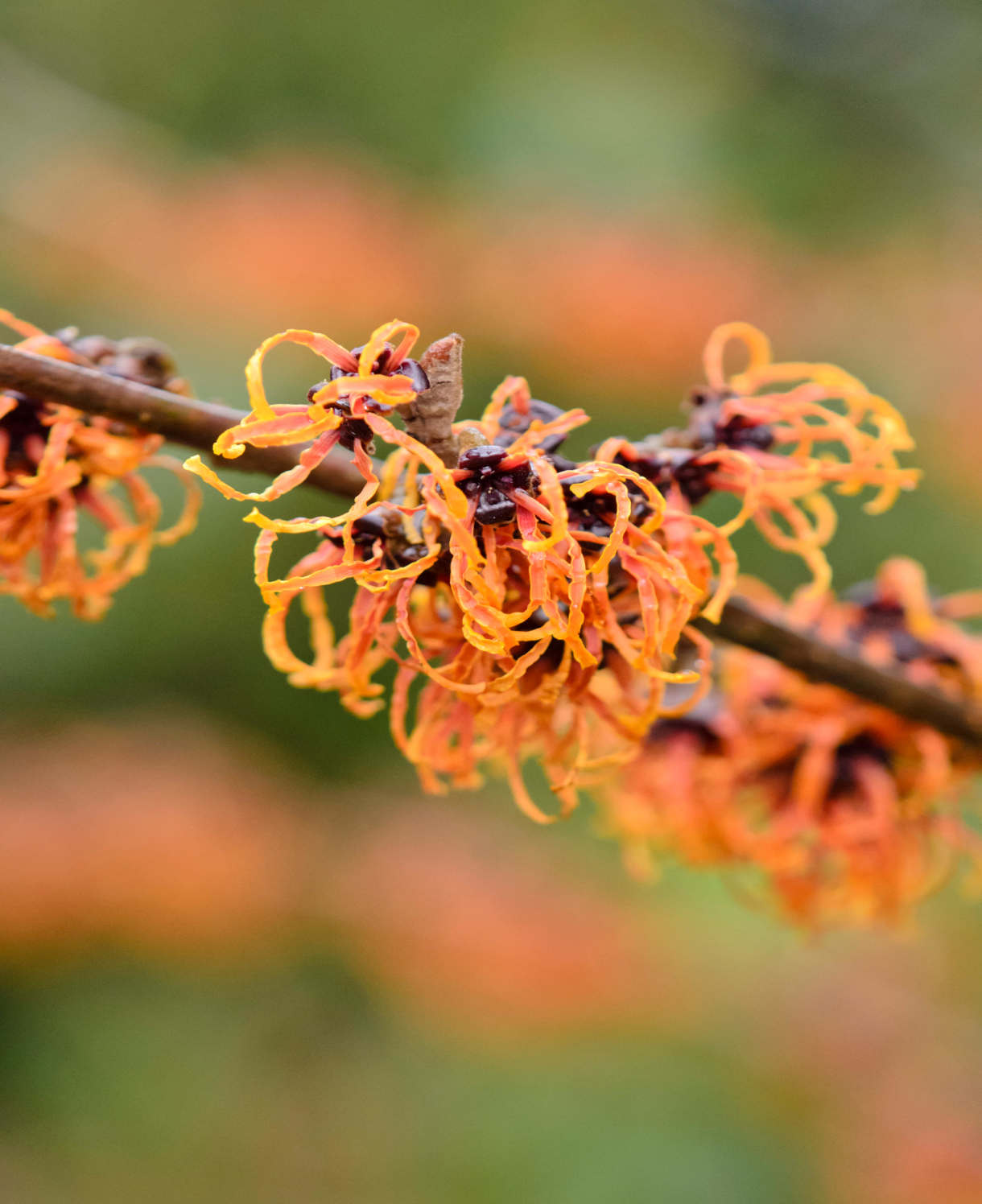
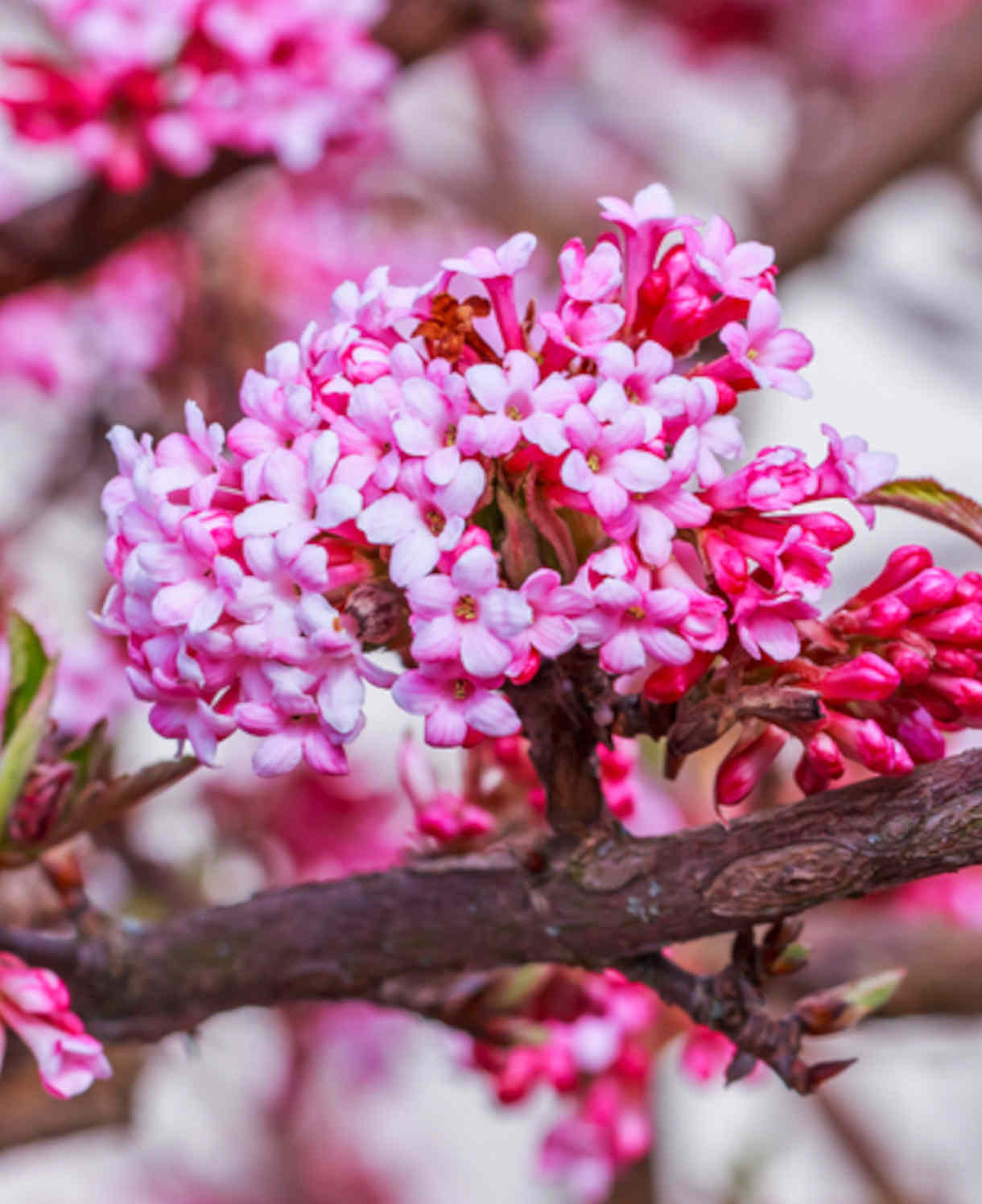
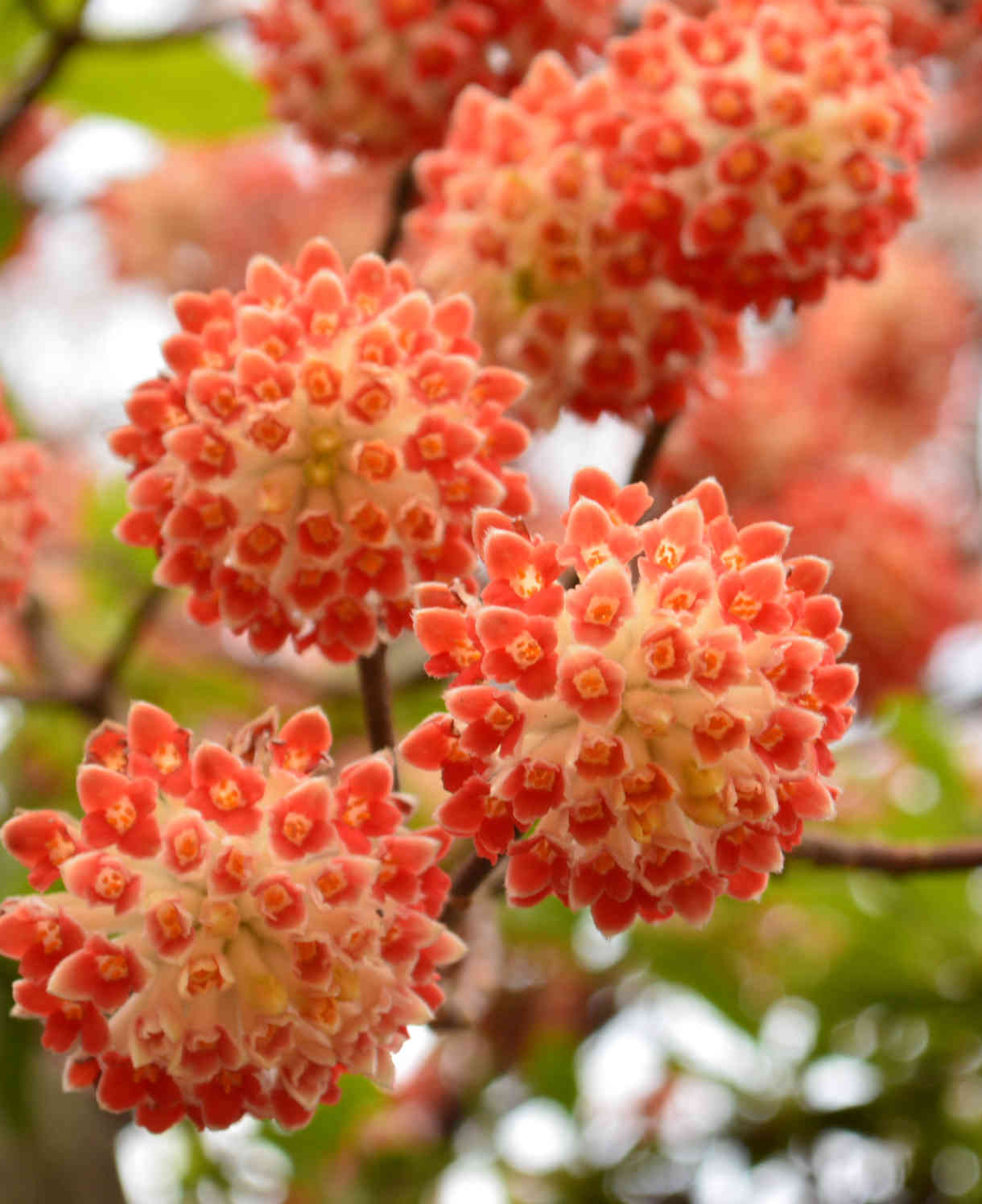
How to care for Callicarpa
Pruning and Deadheading
To maintain a neat, pleasing shape, prune callicarpa lightly in spring. Take flowered growth back to a strong lower stem, as well as removing around 20% of old stems down to the ground.
Watering
Water until established and then in very dry spells thereafter.
Container-grown callicarpa will require regular watering throughout the growing season. Allow the top few centimetres of compost to dry out between soakings.
Cold Protection
Callicarpa is hardy to between -15°C and -20ׄ°C, meaning it will overwinter easily throughout most of the UK with no need for protection.
Pests and Diseases
Callicarpa tends to be trouble-free.
How to propagate Callicarpa
Callicarpa can be propagated by cuttings taken during summer.
- Find non-flowered shoots 5-10cm long and snip off the plant.
- Put them in a plastic bag straight away to prevent drying out.
- Fill a container with a compost mix which is at least 50% perlite (or if you prefer, as we do, 100% perlite).
- Trim the end of the cutting to just below a node (point at which leaves grow).
- Remove the lowest third of leaves.
- If the remaining leaves are large, cut them in half with a sharp knife (to reduce water lost through transpiration).
- Insert the cuttings into the compost and water lightly. Several cuttings can be put in the same container if there is enough space to do this without them touching.
- Place propagating unit with bottom heat if you have one, or in a greenhouse or covered with a plastic bag on a windowsill if not (out of direct sunlight).
- Keep the cuttings misted and occasionally watered until they root. You will know this has happened when roots emerge out of the bottom of the container.
- Gently remove rooted cuttings and pot them into individual pots. Grow on in a cool yet frost-free environment such as an unheated conservatory, greenhouse, or cold frame, until they are large enough to be planted out.
Common Callicarpa questions
- How tall does callicarpa grow?
The callicarpa varieties sold by Hayloft are medium to large shrubs, reaching eventual heights ranging from 1.8m to 3m. Check individual descriptions for details. - Where does callicarpa grow?
Callicarpa is found growing in woodland throughout the world. Callicarpa bodinieri and Callicarpa dichotoma in particular originate from China, Korea, and Japan. - Is callicarpa an evergreen?
While evergreen species of callicarpa do exist, those currently sold by Hayloft are deciduous. - Can you prune callicarpa?
Yes, this is best done in early spring. See ‘Pruning and Deadheading’ section above for more information.




